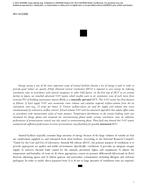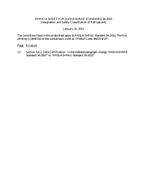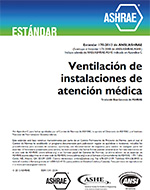Description
Energy saving is one of the most important issues of animal facilities because a lot of energy is used in order to provide good indoor air quality (IAQ). Demand control ventilation (DCV) is expected to save energy by reducing ventilation rates in accordance with animal occupancy or other IAQ factors. As the first step of DCV in an animal facility in Japan, we installed advanced VAV system which enables users to set ventilation rates of each room from terminal PCs of building automation systems (BAS), as a manually operated DCV. This VAV system has three features as follows: 1) Each supply VAV unit memorizes room volume and calculate required airflow-volume from the set ventilation rates (e.g., 12 times per hour). 2) Venturi airflow-valves are used for supply and exhaust that move simultaneously by volumetric airflow control. 3) Each exhaust VAV unit has advanced algorithm that adjusts offset value in accordance with measurement value of room pressure. Temperature distribution in the animal holding room was simulated (in design phase) and measured (in commissioning phase) under various ventilation rates. In addition, performance of pressurization control was also tested in commissioning phase. These field tests showed this VAV system could provide sufficient performance in terms of ventilation rates flexibility for possible automated DCV.
Citation: ASHRAE Papers CD: 2014 ASHRAE Winter Conference, New York, NY
Product Details
- Published:
- 2014
- Number of Pages:
- 8
- File Size:
- 1 file , 1.7 MB
- Product Code(s):
- D-NY-14-C009




